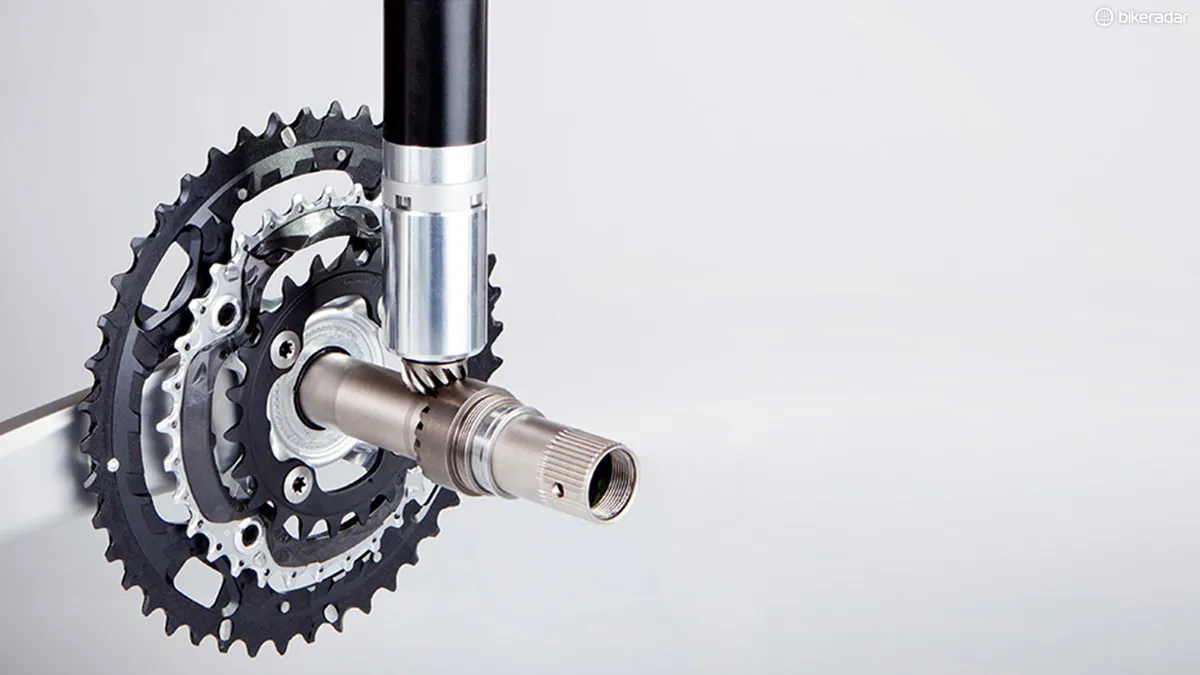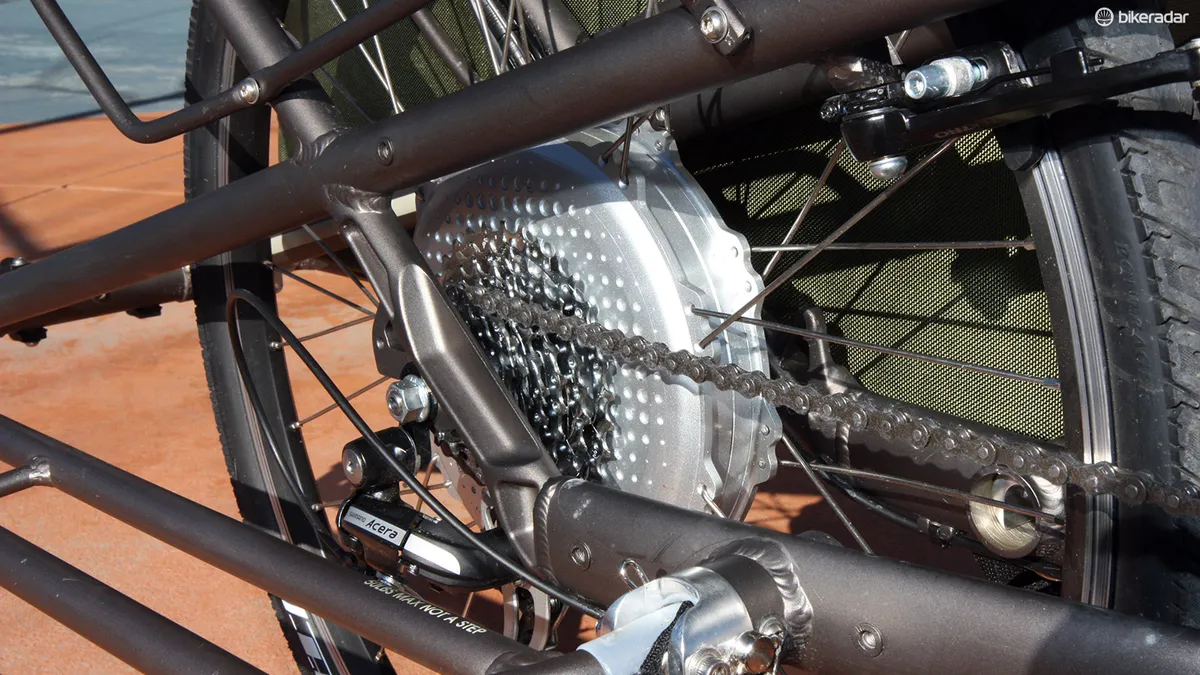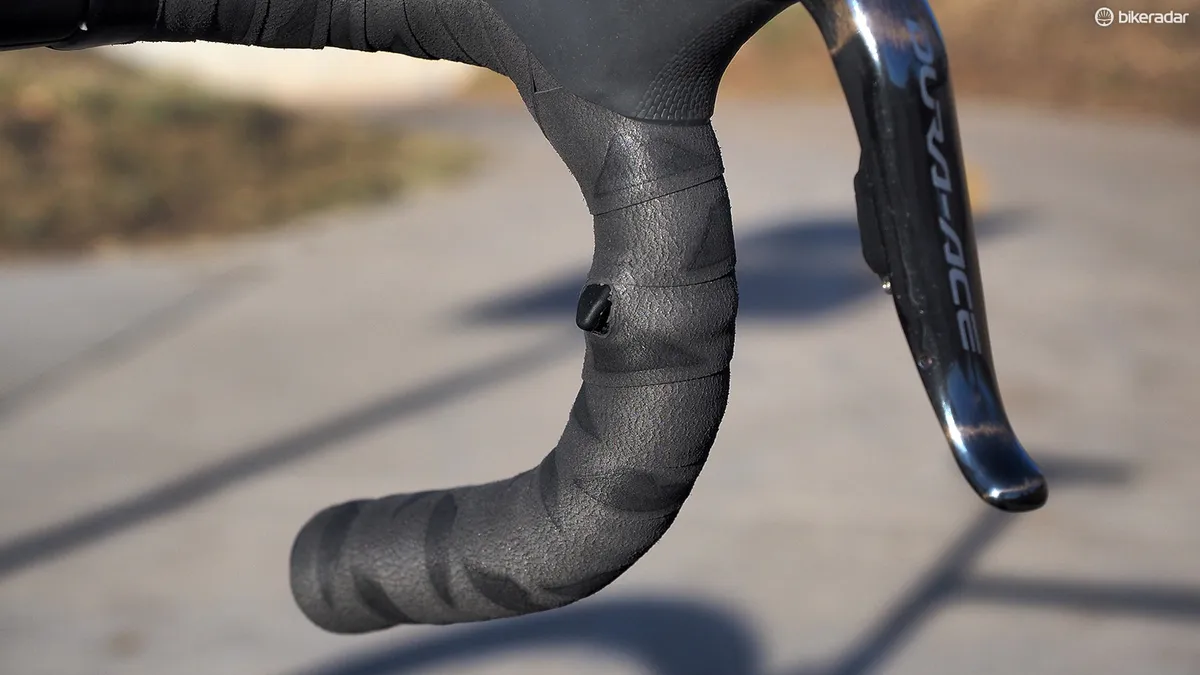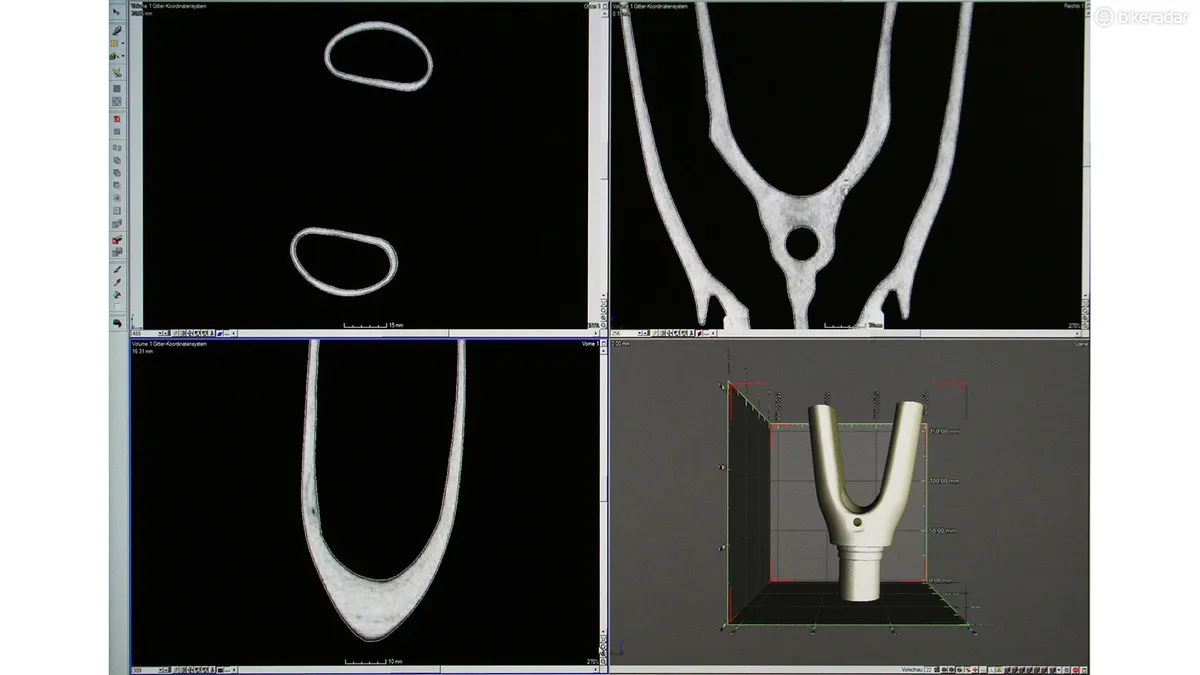After a high-profile case in the 2016 Cyclocross World Champs, you’ve almost certainly now heard the term ‘mechanical doping’. This refers to the idea of a rider hiding a small motor inside their bike for an extra boost. Doping normally means performance-enhancing drugs, but as you might imagine, boosting your performance with a motor in competition is always banned. But is anyone actually trying to do this?
Related: Femke Van den Driessche denies using motor at Cyclocross World Champs
How it might work
Motors for bikes certainly exist, but primarily for commuter- and utility-type bikes where the electrified boost can greatly ease a rider’s daily commute or lessen the load of a few days’ worth of groceries. Most of these ‘e-assist’ systems are built around either the crank or rear hub, with bulbous motor housings and big rechargeable batteries – neither of which are exactly conducive to clandestine operation.
However, there’s one design called the Vivax Assist (formerly known as Gruber Assist) that is nearly completely hidden inside the frame. It’s this concept (or something like it) that ‘mechanical doping’ alarmists claim is possibly being used at the highest levels of the sport.
In its current form, the Vivax Assist comprises a small cylindrical motor drive unit that slides down inside the frame’s seat tube, tucked away from prying eyes, plus a small external battery. At the bottom of the motor unit is a small bevel gear that drives a retrofitted crank spindle. With a simple push of a handlebar-mounted button, the rider can summon up to 200 watts of extra pedaling power, essentially transforming an average cyclist into Chris Froome.
Claimed weight for the entire system is 1.8kg (3.97lb, complete, claimed) but even though that’s already relatively svelte, such a system wouldn’t be used in standard form.
Professional road racing today is a game of increasingly miniscule advantages and a smaller system with even a small fraction of the Vivax Assist’s output would be plenty effective on a critical climb. A smaller system would be much lighter and more compact, too, so as to fit into a wider range of bicycle frame types than the stock unit currently allows.
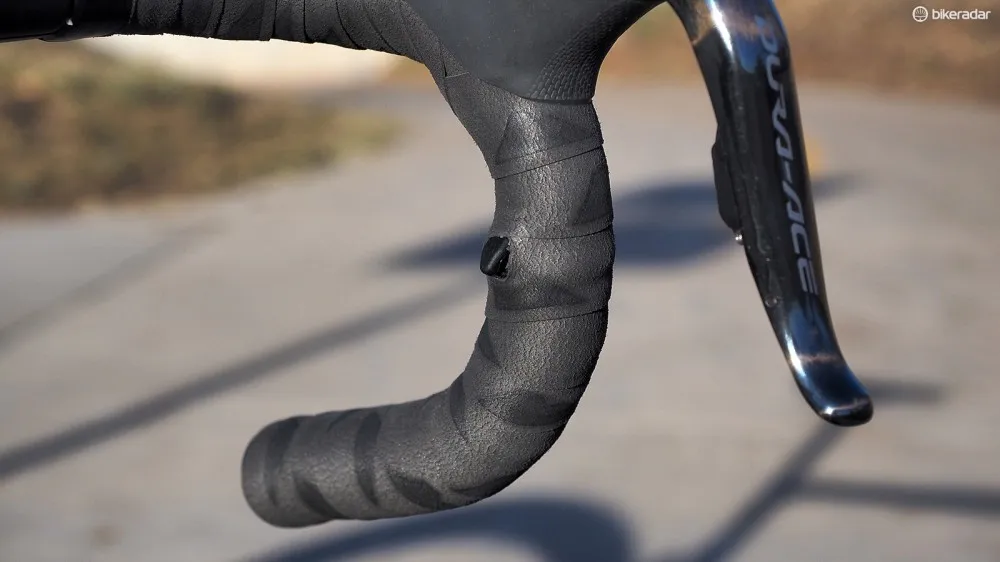
Could a standard electronic shifter be modified to control a hidden motor system? Sure, it's possible, but whether it's actually happened is another question
It also wouldn’t be a huge feat of engineering to develop a tiny wireless controller that could be stealthily concealed in any number of locations (or even kept within the team car to be unleashed at the team director’s whim). In place of the stock Vivax Assist bar-mounted button, a specially programmed Shimano Di2 satellite shift button could be used without drawing attention. Some have even theorized that the same battery used in electronic transmissions could be tapped for power, eliminating the need for a separate unit.
At least in theory, then, mechanical doping is very much possible. And as we’ve all been reminded time and again, professional bicycle racing is no stranger to cheating.
Is ‘mechanical doping’ actually happening?
With such an effective tool within reach, it’s easy to see how such an idea might take hold. But there are reasons it is unlikely.
For one, there are plenty of technical hurdles surrounding how such a scheme might be physically implemented. While it wouldn’t take much of a boost to provide a measurable benefit, electric motors have one critical quirk: they provide assistance when there’s electricity applied but when operated in reverse, it’s a generator that sucks precious power away from the rider’s legs, thus having the exact opposite effect than intended.
As a result, any type of Vivax Assist-like system would likely have to incorporate a retractable drive gear to eliminate the drag when it isn’t in use (or the team would have to plan a strategically timed bike change).
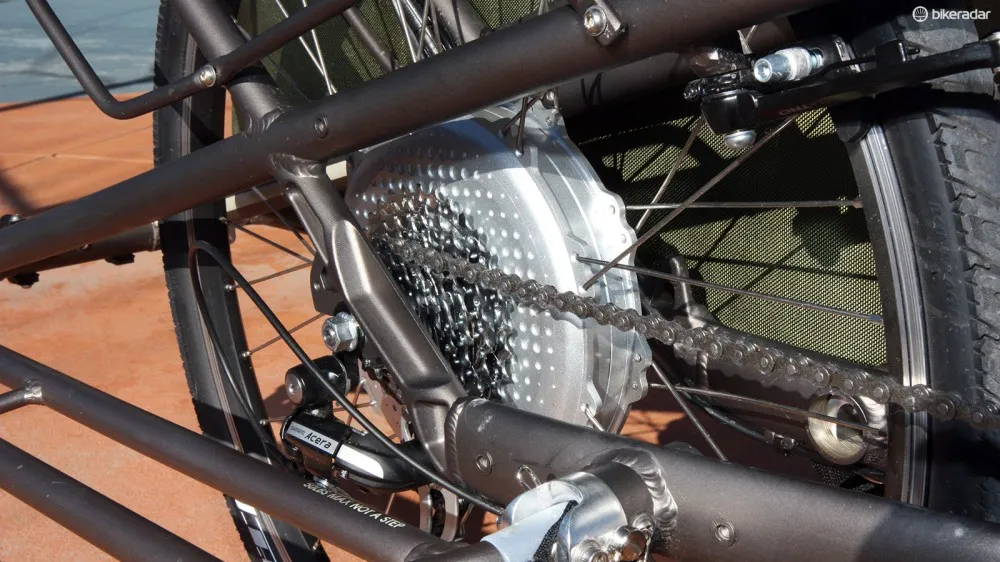
If mechanical doping is actually happening, it almost certainly isn't a hub-based system
In addition, any type of gear-driven system would also generate some level of noise although given that it’d be most likely used in a critical moment, the din of the surrounding crowd would almost certainly drown out the whir.
Notably, none of these issues are deal breakers. Organized cheating has happened before – albeit on the chemical front, not the mechanical side – and the technical challenges could be tackled without too much work.
What the UCI is doing about it
No one has actually been caught racing on a motorized bike but that hasn’t stopped the sport’s governing body from reacting to speculation from a few key figures and a handful of rather sensationalist YouTube videos.
null
null
Already, the Union Cycliste Internationale (UCI) is using a custom X-ray machine at key races to search for anything hidden inside bikes. Every scan has come back negative so far. (But, as we know, the absence of damning evidence is hardly conclusive proof of innocence.)
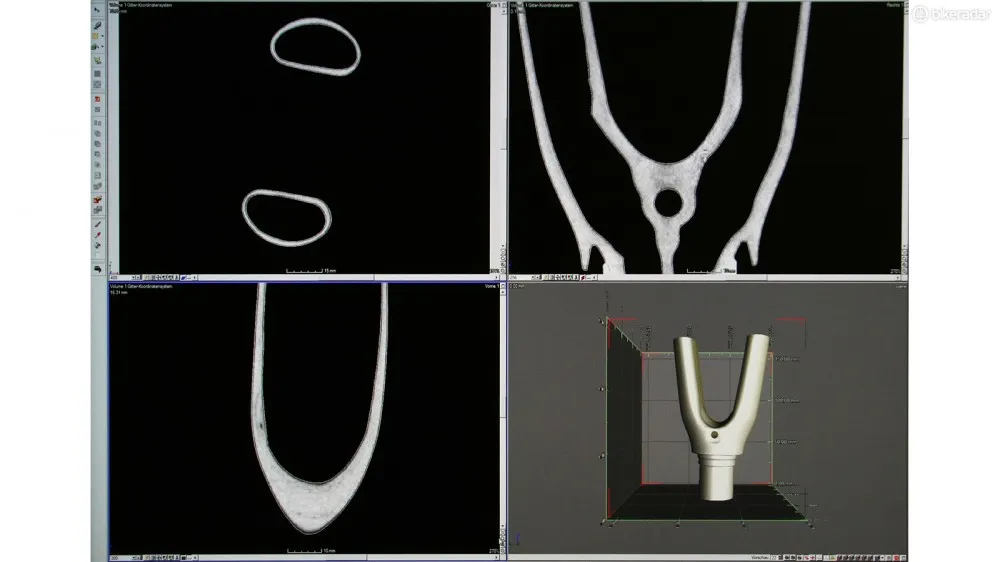
Canyon already uses scanning machines for quality control, and now the UCI is using a similar device to non-invasively inspect bikes at races
Is mechanical doping actually happening now, or has it happened in the past? It seems unlikely but, sadly, not outside the realm of possibility. Winning is big business, after all.
